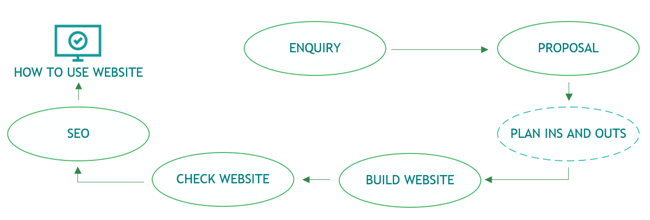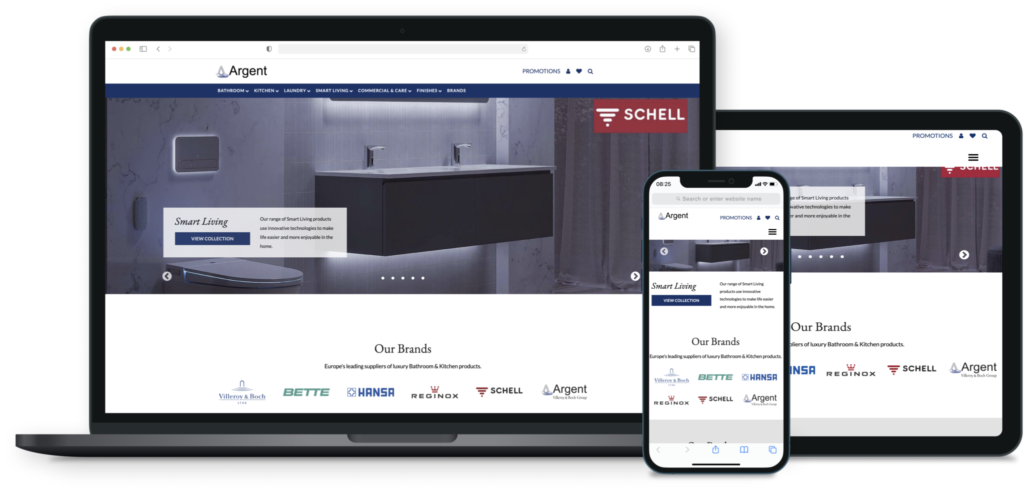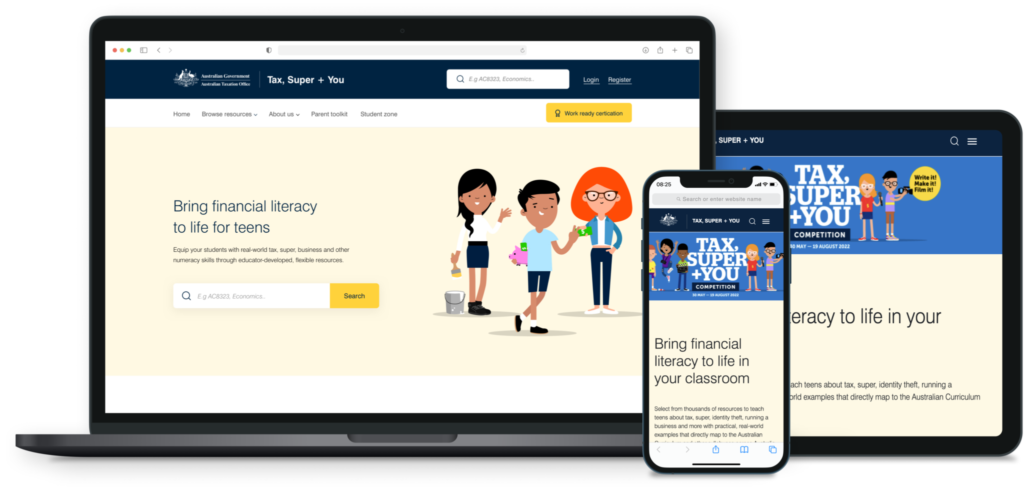Why Should I Use Photos And Videos On My Website?
A lot of people fall into the trap of thinking that good quality, relevant videos and photography are a just “nice to have” or an optional extra for a website.
They’re not. They shouldn’t be optional.
It’s easy to assume that textual content is the be-all and end-all of the website content game. Because everyone knows that written content is what Google reads to index to rank your site against competition. So, yes, of course written content is important. But even if your SEO is unsurpassably good and you’re ranking number 1 for everything you’ve ever dreamed of – it’s still a human customer who is landing on your page. And despite massive investments into artificial intelligence research in recent years, the human psychology of purchasing behaviour is still considerably more complex than Google’s crawler bot.
There is actually an old statistic floating around the internet that states that humans process information in images 60,000 times faster than words. Yeah, that’s not necessarily true, but there is some legitimate research which reinforces the significance of visual content.
The most important factor is that visual content is typically more ambiguous. A picture may not tell a thousand words as the old saying suggests, but it can certainly tell more words than you can realistically fit onto a hero slider on a website before it looks like you don’t care about presentation whatsoever.
One great quality image of a product can convey;
– An aesthetically pleasing design,
– Use of quality materials,
– Descriptive factors such as size and colour,
– Variations in product and much more.
Presenting all of this information in a list view, would not only look horrible, but it also creates the issue of information importance; “should we put ‘made from premium grade titanium’ first, or ‘sleek, modern and unique design”. A quality image or video allows users to select the information that is important to them, rather than having it dictated to them. Furthermore, there is evidence to suggest that information which is deduced by by one’s own self is more powerful and likely to influence buying decisions than information which is presented by a third party, particularly third parties who want their money.
Secondly, we live in an age of fast paced information consumption and those first couple of seconds a user is exposed to your website is critical for your conversion process.
To illustrate our point, think back to the last time you used a marketplace service such as carsales or gumtree. If you had an option between a result with a photo or one without, you will almost always go for the one with the photo. Within the span of less than a second your brain will make the following logical jumps;
Why doesn’t that listing have a photo? Maybe it’s in poor condition?
Even if it’s in good condition, I have to potentially gamble and waste time by asking for photos or going out and seeing it.
Oh wait, there is an almost identical listing and I can see what it looks like, great. *click*
The simple fact is, your customers have options, and lots of them. Typical search engine information seeking behaviour is that when a user will google a broad key phrase, in our case, a lot of people will type things like “SEO Brisbane” or “Web Design Brisbane” – you may have done the same at one point to be reading this article.
The typical next step is to open the first 3-5 results in browser tabs and then go through a process of very quick elimination to get it down to 2 based on nothing but the feeling that the landing page gives them. Once they have 2 options, this is when the deeper investigation occurs and people actually start reading information such as service descriptions, about us, portfolio items and testimonials. This searching behaviour is the primary reason why your website needs to grab people as soon as they land – so as you get shortlisted for long enough for people to actually read what you put in the effort to put on your website to get it ranking so well.
Unless, of course, if your product/service is so unique or niche that you have no competition. But if that’s the case, then it is even more important to have visual content because otherwise there is no way that potential customers will know what to expect – what do they have to compare it to?
But it’s not just enough to have any old images, either. Your images are a large component of website design, not seperate to it. And nothing ruins a nice website design more than a photo that looks like it’s been taken with a potato. Your images and video content needs to be high quality, that means; no pixelation or blurriness and taken by a professional with a real camera – not Greg from accounts on his Nokia phone camera. Don’t forget consistency, either. There is no point having an amazing hero banner photo, but all your product images are trash. People will question the legitimacy of your website in those instances.
Stock photography can be a good solution for people with low budgets, but it is important to make sure you are choosing the right images. Just be wary to NEVER steal images. Just because it’s in Google images without a watermark, does not mean it’s free to use. Stock image providers such as Getty Images are notorious for their hardline approach to people using their imagery without correct licensing, with first offence fines easily exceeding $5,000, which are completely legal and enforceable by Australian court systems. If in doubt, don’t use it.
Digital8 is a web design, development and digital marketing company and as such we don’t specifically offer photography of videography as a service. We do, however, have a diverse network of trusted professionals which we can refer you on to based on your budget and requirements. So if you’d like to have a chat about how Digital8 can help create a new website with a focus on visual content, give us a call or send us an email today.


